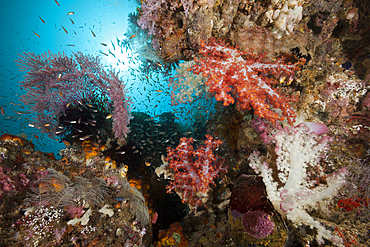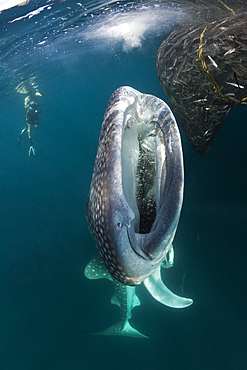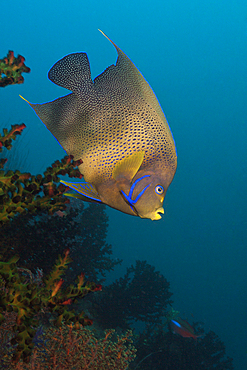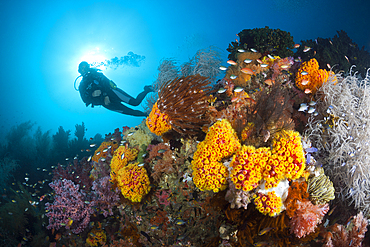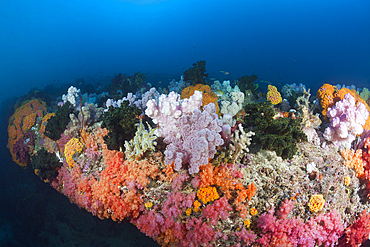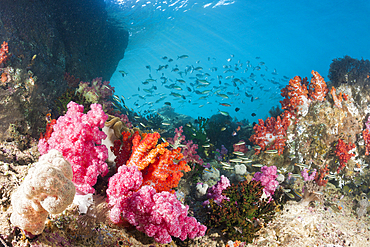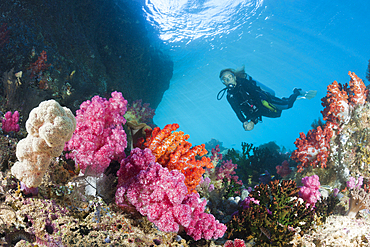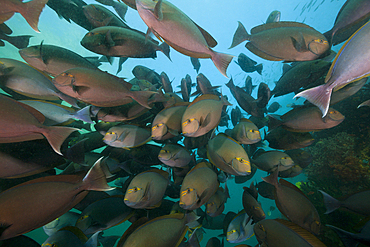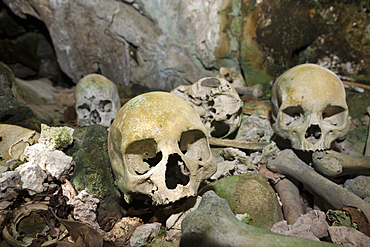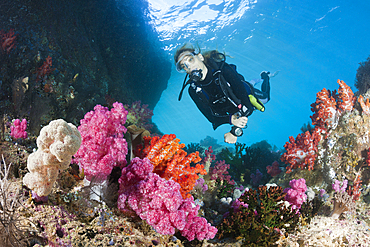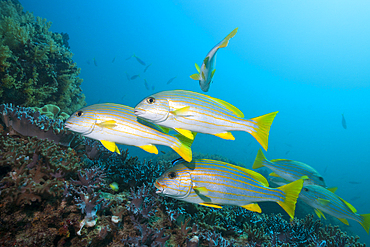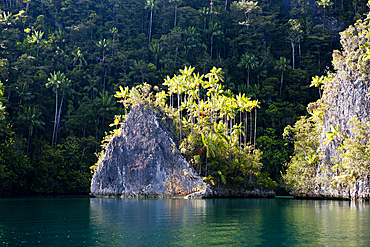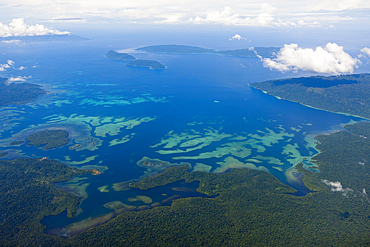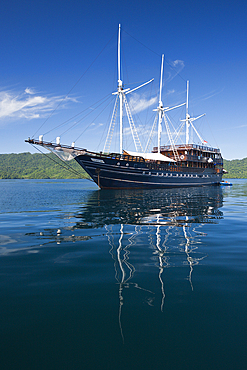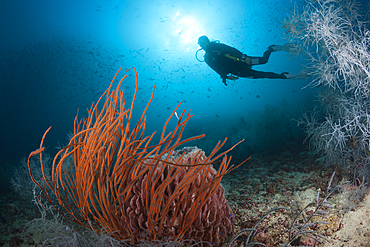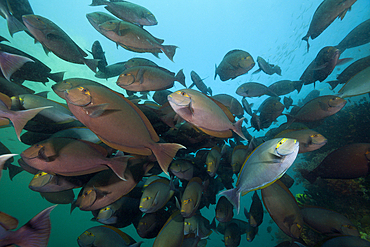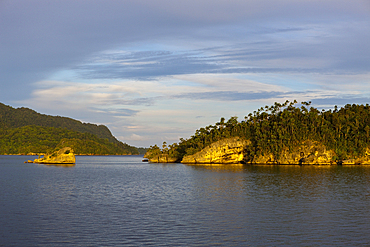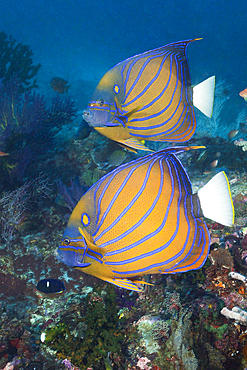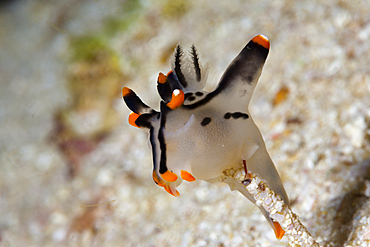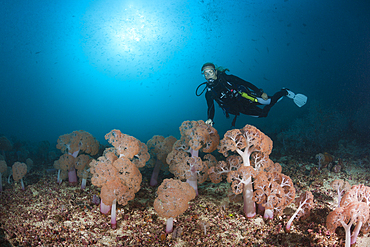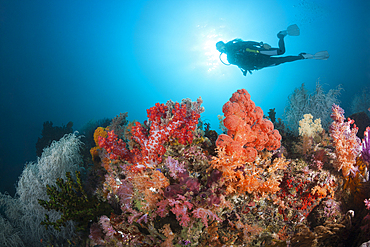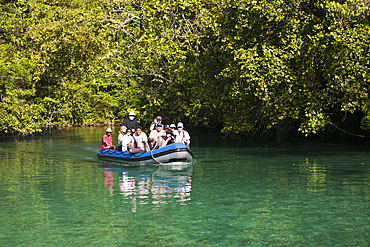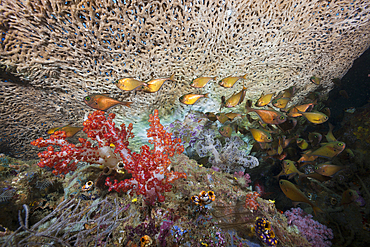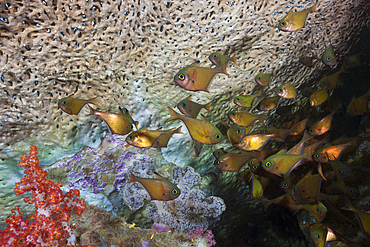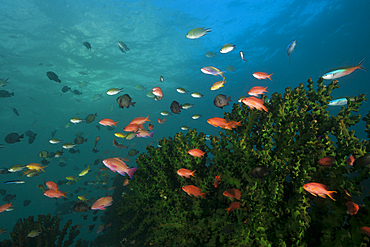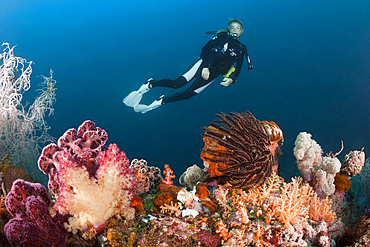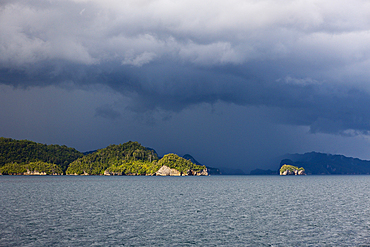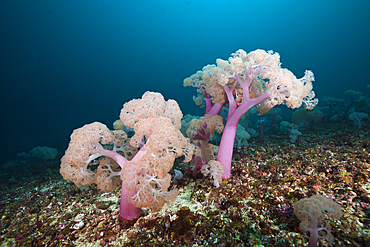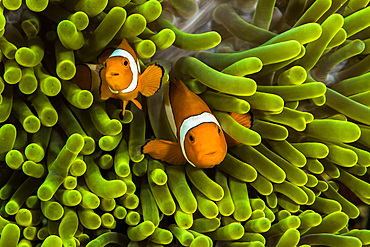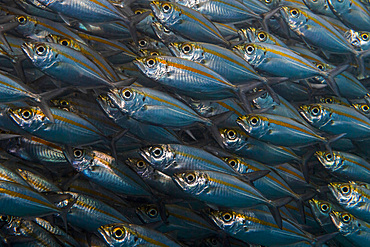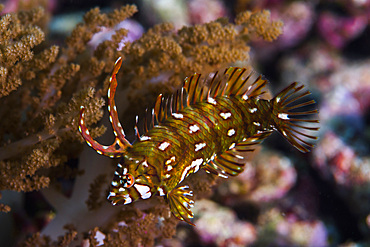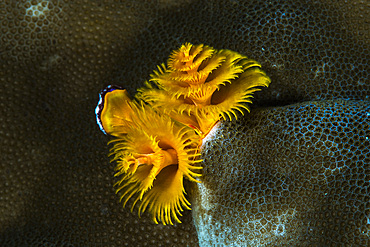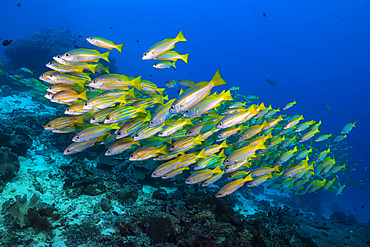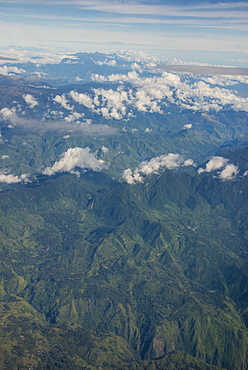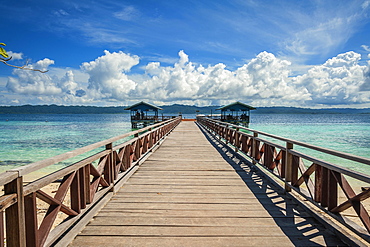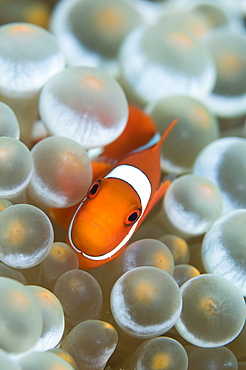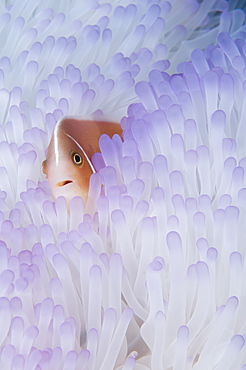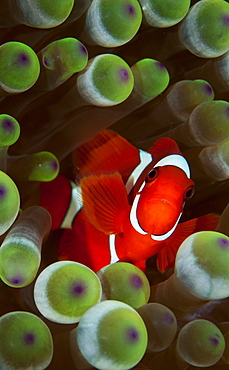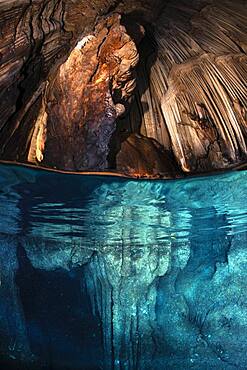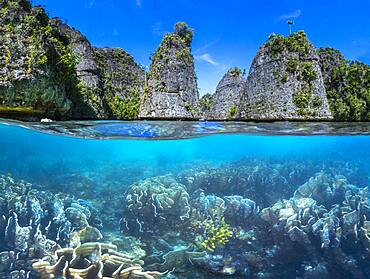Results
« Previous 1 2
147 results found
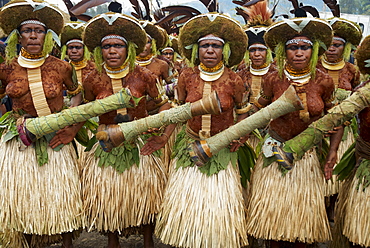
Sing Sing of Mount Hagen, a cultural show with ethnic groups, Mount Hagen, Western Highlands, Papua New Guinea, Pacific

Sing Sing of Mount Hagen, a cultural show with ethnic groups, Mount Hagen, Western Highlands, Papua New Guinea, Pacific
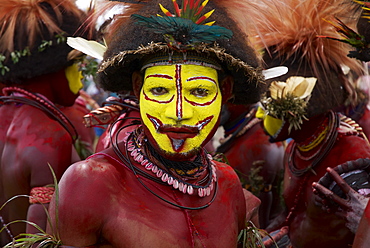
Sing Sing of Mount Hagen, a cultural show with ethnic groups, Mount Hagen, Western Highlands, Papua New Guinea, Pacific
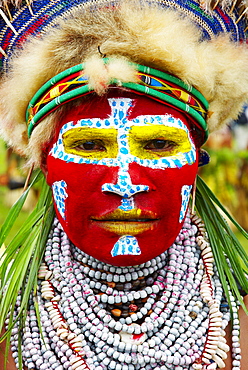
Sing Sing of Mount Hagen, a cultural show with ethnic groups, Mount Hagen, Western Highlands, Papua New Guinea, Pacific
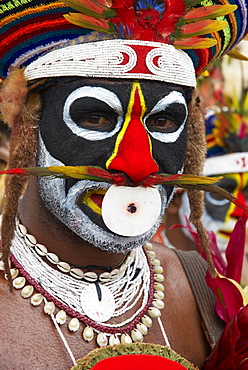
Sing Sing of Mount Hagen, a cultural show with ethnic groups, Mount Hagen, Western Highlands, Papua New Guinea, Pacific
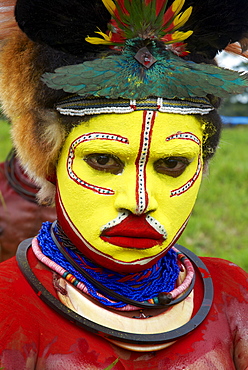
Sing Sing of Mount Hagen, a cultural show with ethnic groups, Mount Hagen, Western Highlands, Papua New Guinea, Pacific
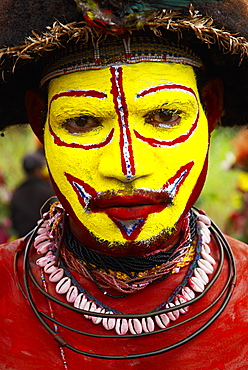
Sing Sing of Mount Hagen, a cultural show with ethnic groups, Mount Hagen, Western Highlands, Papua New Guinea, Pacific
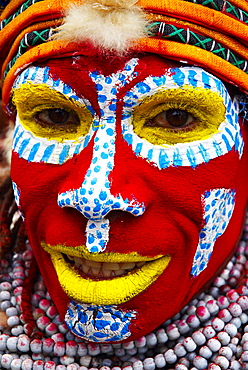
Sing Sing of Mount Hagen, a cultural show with ethnic groups, Mount Hagen, Western Highlands, Papua New Guinea, Pacific
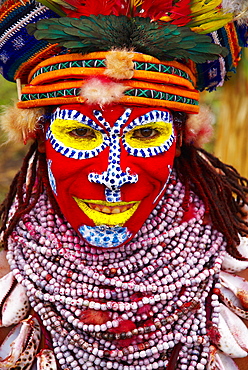
Sing Sing of Mount Hagen, a cultural show with ethnic groups, Mount Hagen, Western Highlands, Papua New Guinea, Pacific
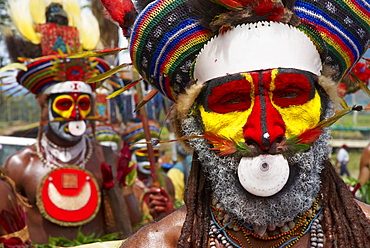
Sing Sing of Mount Hagen, a cultural show with ethnic groups, Mount Hagen, Western Highlands, Papua New Guinea, Pacific
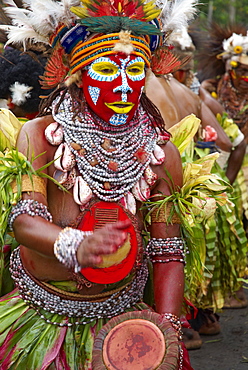
Sing Sing of Mount Hagen, a cultural show with ethnic groups, Mount Hagen, Western Highlands, Papua New Guinea, Pacific
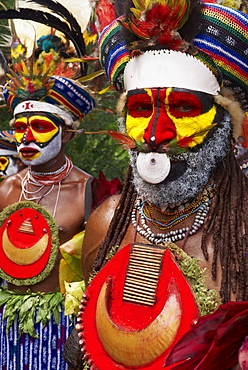
Sing Sing of Mount Hagen, a cultural show with ethnic groups, Mount Hagen, Western Highlands, Papua New Guinea, Pacific
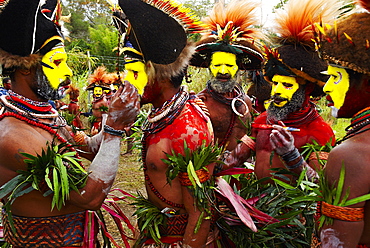
Cultural show with ethnic groups, Sing sing of Mount Hagen, Western Highlands, Papua New Guinea, Pacific
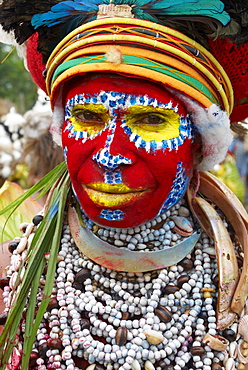
Sing Sing of Mount Hagen, a cultural show with ethnic groups, Mount Hagen, Western Highlands, Papua New Guinea, Pacific
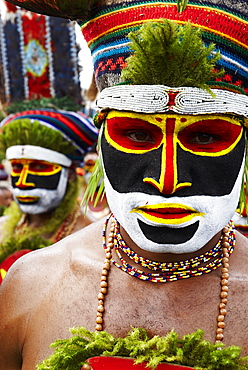
Sing Sing of Mount Hagen, a cultural show with ethnic groups, Mount Hagen, Western Highlands, Papua New Guinea, Pacific
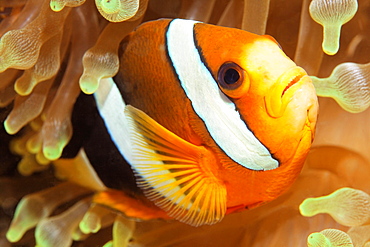
Clark's anemonefish (Amphiprion clarkii) in bubble-tip anemone (Entacmaea quadricolor), Raja Ampat archipelago, Papua Barat, Western New Guinea, Pacific Ocean, Indonesia, Asia

Clarks anemonefish (Amphiprion clarkii) in bladder anemone (Entacmaea quadricolor), Raja Ampat Archipelago, Papua Barat, Western New Guinea, Pacific Ocean, Indonesia, Asia

Coconut tree (Cocos nucifera) with fruits, village Yenbuba, Mansuar, Raja-Ampat, Western New Guinea, Indonesia, Asia
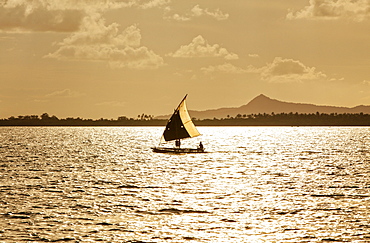
The Louisiade Archipelago is a string of ten larger volcanic islands frequently fringed by coral reefs, and 90 smaller coral islands located 200 km southeast of New Guinea, stretching over more than 160 km and spread over an ocean area of 26,000 km? between the Solomon Sea to the north and the Coral Sea to the south. The aggregate land area of the islands is about 1,790 km? (690 square miles), with Vanatinai (formerly Sudest or Tagula as named by European claimants on Western maps) being the largest.Sideia Island and Basilaki Island lie closest to New Guinea, while Misima, Vanatinai, and Rossel islands lie further east. The archipelago is divided into the Local Level Government (LLG) areas Louisiade Rural (western part, with Misima), and Yaleyamba (western part, with Rossell and Tagula islands. The LLG areas are part of Samarai-Murua District district of Milne Bay. The seat of the Louisiade Rural LLG is Bwagaoia on Misima Island, the population center of the archipelago.
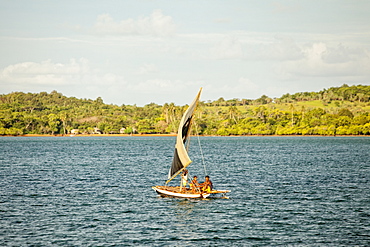
The Louisiade Archipelago is a string of ten larger volcanic islands frequently fringed by coral reefs, and 90 smaller coral islands located 200 km southeast of New Guinea, stretching over more than 160 km and spread over an ocean area of 26,000 km? between the Solomon Sea to the north and the Coral Sea to the south. The aggregate land area of the islands is about 1,790 km? (690 square miles), with Vanatinai (formerly Sudest or Tagula as named by European claimants on Western maps) being the largest. Sideia Island and Basilaki Island lie closest to New Guinea, while Misima, Vanatinai, and Rossel islands lie further east. The archipelago is divided into the Local Level Government (LLG) areas Louisiade Rural (western part, with Misima), and Yaleyamba (western part, with Rossell and Tagula islands. The LLG areas are part of Samarai-Murua District district of Milne Bay. The seat of the Louisiade Rural LLG is Bwagaoia on Misima Island, the population center of the archipelago.
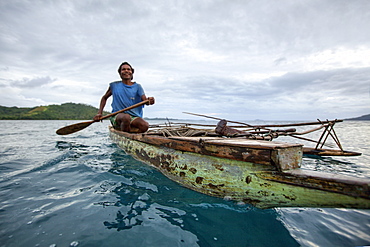
Nimoa Island - here the island mission will impress. The five-sided church features murals of island life and all mission buildings are surrounded by well maintained paths and gardens filled with flowering plants. Edged by jungle-covered mountains, postcard beaches and crystal clear waters - an island paradise indeed! The Louisiade Archipelago is a string of ten larger volcanic islands frequently fringed by coral reefs, and 90 smaller coral islands located 200 km southeast of New Guinea, stretching over more than 160 km and spread over an ocean area of 26,000 km? between the Solomon Sea to the north and the Coral Sea to the south. The aggregate land area of the islands is about 1,790 km? (690 square miles), with Vanatinai (formerly Sudest or Tagula as named by European claimants on Western maps) being the largest. Sideia Island and Basilaki Island lie closest to New Guinea, while Misima, Vanatinai, and Rossel islands lie further east. The archipelago is divided into the Local Level Government (LLG) areas Loui!
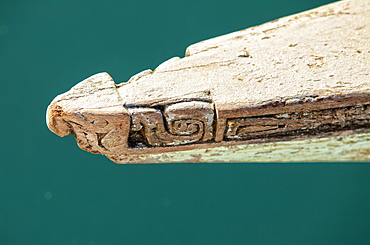
Nimoa Island - here the island mission will impress. The five-sided church features murals of island life and all mission buildings are surrounded by well maintained paths and gardens filled with flowering plants. Edged by jungle-covered mountains, postcard beaches and crystal clear waters - an island paradise indeed! The Louisiade Archipelago is a string of ten larger volcanic islands frequently fringed by coral reefs, and 90 smaller coral islands located 200 km southeast of New Guinea, stretching over more than 160 km and spread over an ocean area of 26,000 km? between the Solomon Sea to the north and the Coral Sea to the south. The aggregate land area of the islands is about 1,790 km? (690 square miles), with Vanatinai (formerly Sudest or Tagula as named by European claimants on Western maps) being the largest. Sideia Island and Basilaki Island lie closest to New Guinea, while Misima, Vanatinai, and Rossel islands lie further east. The archipelago is divided into the Local Level Government (LLG) areas Loui!
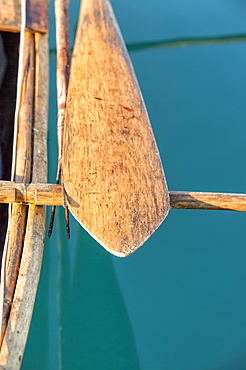
Nimoa Island - here the island mission will impress. The five-sided church features murals of island life and all mission buildings are surrounded by well maintained paths and gardens filled with flowering plants. Edged by jungle-covered mountains, postcard beaches and crystal clear waters - an island paradise indeed! The Louisiade Archipelago is a string of ten larger volcanic islands frequently fringed by coral reefs, and 90 smaller coral islands located 200 km southeast of New Guinea, stretching over more than 160 km and spread over an ocean area of 26,000 km? between the Solomon Sea to the north and the Coral Sea to the south. The aggregate land area of the islands is about 1,790 km? (690 square miles), with Vanatinai (formerly Sudest or Tagula as named by European claimants on Western maps) being the largest. Sideia Island and Basilaki Island lie closest to New Guinea, while Misima, Vanatinai, and Rossel islands lie further east. The archipelago is divided into the Local Level Government (LLG) areas Louisiade Rural (western part, with Misima), and Yaleyamba (western part, with Rossell and Tagula islands. The LLG areas are part of Samarai-Murua District district of Milne Bay. The seat of the Louisiade Rural LLG is Bwagaoia on Misima Island, the population center of the archipelago.
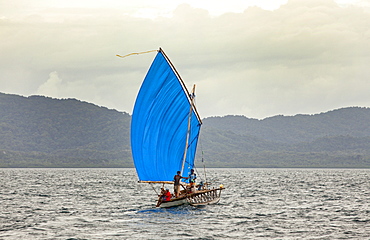
Nimoa Island - here the island mission will impress. The five-sided church features murals of island life and all mission buildings are surrounded by well maintained paths and gardens filled with flowering plants. Edged by jungle-covered mountains, postcard beaches and crystal clear waters - an island paradise indeed! The Louisiade Archipelago is a string of ten larger volcanic islands frequently fringed by coral reefs, and 90 smaller coral islands located 200 km southeast of New Guinea, stretching over more than 160 km and spread over an ocean area of 26,000 km? between the Solomon Sea to the north and the Coral Sea to the south. The aggregate land area of the islands is about 1,790 km? (690 square miles), with Vanatinai (formerly Sudest or Tagula as named by European claimants on Western maps) being the largest. Sideia Island and Basilaki Island lie closest to New Guinea, while Misima, Vanatinai, and Rossel islands lie further east.
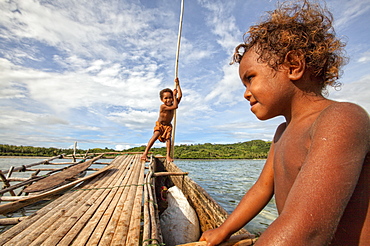
Children playing with a outrigger canoe in the village of Hessessai Bay at PanaTinai (Panatinane)island in the Louisiade Archipelago in Milne Bay Province, Papua New Guinea. The island has an area of 78 km2. The Louisiade Archipelago is a string of ten larger volcanic islands frequently fringed by coral reefs, and 90 smaller coral islands located 200 km southeast of New Guinea, stretching over more than 160 km and spread over an ocean area of 26,000 km? between the Solomon Sea to the north and the Coral Sea to the south. The aggregate land area of the islands is about 1,790 km? (690 square miles), with Vanatinai (formerly Sudest or Tagula as named by European claimants on Western maps) being the largest. Sideia Island and Basilaki Island lie closest to New Guinea, while Misima, Vanatinai, and Rossel islands lie further east. The archipelago is divided into the Local Level Government (LLG) areas Louisiade Rural (western part, with Misima), and Yaleyamba (western part, with Rossell and Tagula islands. The LLG areas are part of Samarai-Murua District district of Milne Bay. The seat of the Louisiade Rural LLG is Bwagaoia on Misima Island, the population center of the archipelago.PanaTinai (Panatinane) is an island in the Louisiade Archipelago in Milne Bay Province, Papua New Guinea.
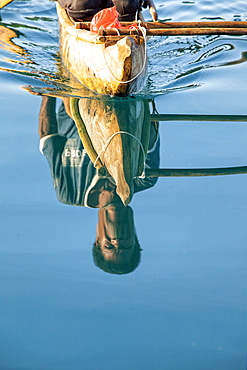
Nimoa Island - here the island mission will impress. The five-sided church features murals of island life and all mission buildings are surrounded by well maintained paths and gardens filled with flowering plants. Edged by jungle-covered mountains, postcard beaches and crystal clear waters - an island paradise indeed! The Louisiade Archipelago is a string of ten larger volcanic islands frequently fringed by coral reefs, and 90 smaller coral islands located 200 km southeast of New Guinea, stretching over more than 160 km and spread over an ocean area of 26,000 km? between the Solomon Sea to the north and the Coral Sea to the south. The aggregate land area of the islands is about 1,790 km? (690 square miles), with Vanatinai (formerly Sudest or Tagula as named by European claimants on Western maps) being the largest. Sideia Island and Basilaki Island lie closest to New Guinea, while Misima, Vanatinai, and Rossel islands lie further east. The archipelago is divided into the Local Level Government (LLG) areas Louisiade Rural (western part, with Misima), and Yaleyamba (western part, with Rossell and Tagula islands. The LLG areas are part of Samarai-Murua District district of Milne Bay. The seat of the Louisiade Rural LLG is Bwagaoia on Misima Island, the population center of the archipelago.
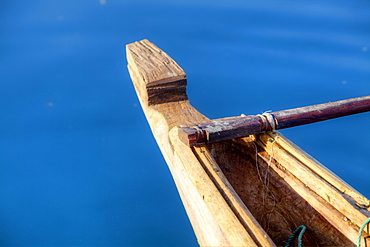
Nimoa Island - here the island mission will impress. The five-sided church features murals of island life and all mission buildings are surrounded by well maintained paths and gardens filled with flowering plants. Edged by jungle-covered mountains, postcard beaches and crystal clear waters - an island paradise indeed! The Louisiade Archipelago is a string of ten larger volcanic islands frequently fringed by coral reefs, and 90 smaller coral islands located 200 km southeast of New Guinea, stretching over more than 160 km and spread over an ocean area of 26,000 km? between the Solomon Sea to the north and the Coral Sea to the south. The aggregate land area of the islands is about 1,790 km? (690 square miles), with Vanatinai (formerly Sudest or Tagula as named by European claimants on Western maps) being the largest. Sideia Island and Basilaki Island lie closest to New Guinea, while Misima, Vanatinai, and Rossel islands lie further east. The archipelago is divided into the Local Level Government (LLG) areas Louisiade Rural (western part, with Misima), and Yaleyamba (western part, with Rossell and Tagula islands. The LLG areas are part of Samarai-Murua District district of Milne Bay. The seat of the Louisiade Rural LLG is Bwagaoia on Misima Island, the population center of the archipelago.
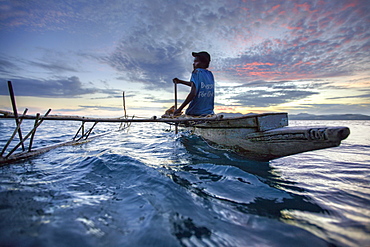
Nimoa Island - here the island mission will impress. The five-sided church features murals of island life and all mission buildings are surrounded by well maintained paths and gardens filled with flowering plants. Edged by jungle-covered mountains, postcard beaches and crystal clear waters - an island paradise indeed! The Louisiade Archipelago is a string of ten larger volcanic islands frequently fringed by coral reefs, and 90 smaller coral islands located 200 km southeast of New Guinea, stretching over more than 160 km and spread over an ocean area of 26,000 km? between the Solomon Sea to the north and the Coral Sea to the south. The aggregate land area of the islands is about 1,790 km? (690 square miles), with Vanatinai (formerly Sudest or Tagula as named by European claimants on Western maps) being the largest. Sideia Island and Basilaki Island lie closest to New Guinea, while Misima, Vanatinai, and Rossel islands lie further east. The archipelago is divided into the Local Level Government (LLG) areas Loui!

Dani men engaged in a mock battle with long spears, in a display of prowess and opulence of dress and decoration, Obia Village, Baliem Valley, Central Highlands of Western New Guinea, Papua, Indonesia

Dani man engaged in a mock battle with a long spear, in a display of prowess and opulence of dress and decoration, Obia Village, Baliem Valley, Central Highlands of Western New Guinea, Papua, Indonesia

Dani man engaged in a mock battle with a long spear, in a display of prowess and opulence of dress and decoration, Obia Village, Baliem Valley, Central Highlands of Western New Guinea, Papua, Indonesia

Dani men wearing an elaborate headdress of bird of paradise or cassowary feathers lighting a fire, Obia Village, Baliem Valley, Central Highlands of Western New Guinea, Papua, Indonesia

Dani man wearing bones on his nose and an elaborate headdress of bird of paradise or cassowary feathers, Obia Village, Baliem Valley, Central Highlands of Western New Guinea, Papua, Indonesia

Dani man wearing an elaborate headdress of bird of paradise or cassowary feathers, Obia Village, Baliem Valley, Central Highlands of Western New Guinea, Papua, Indonesia
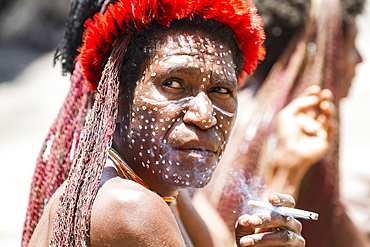
Dani woman smoking a cigarette, Obia Village, Baliem Valley, Central Highlands of Western New Guinea, Papua, Indonesia

Dani men engaged in a mock battle with long spears, in a display of prowess and opulence of dress and decoration, Obia Village, Baliem Valley, Central Highlands of Western New Guinea, Papua, Indonesia
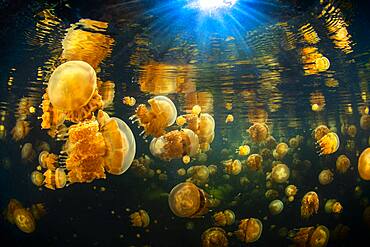
Black water and Jellyfish (Mastigias papua) of Lenmakana lake. This lake is isolated from the rest of the ocean by ramparts several tens of meters high. It is connected to the ocean by terrestrial channels but it prevents the entry and exit of living organisms. These jellyfish have therefore found refuge in what is for them a haven of peace. They have proliferated to reach millions of people. Misool, Rajat Ampat, Indonesia
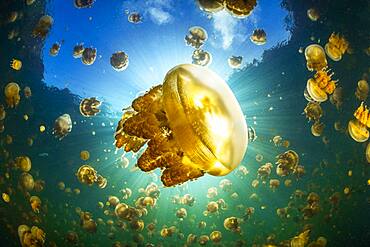
Jellyfish (Mastigias papua) of Lenmakana lake. This lake is isolated from the rest of the ocean by ramparts several tens of meters high. It is connected to the ocean by terrestrial channels but it prevents the entry and exit of living organisms. These jellyfish have therefore found refuge in what is for them a haven of peace. They have proliferated to reach millions of people. Misool, Rajat Ampat, Indonesia
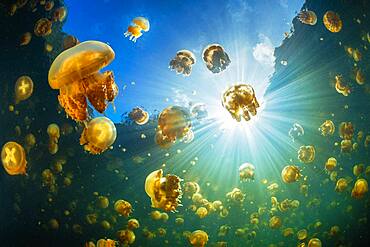
Flying Jellyfish (Mastigias papua) of Lenmakana lake. This lake is isolated from the rest of the ocean by ramparts several tens of meters high. It is connected to the ocean by terrestrial channels but it prevents the entry and exit of living organisms. These jellyfish have therefore found refuge in what is for them a haven of peace. They have proliferated to reach millions of people. Misool, Rajat Ampat, Indonesia
